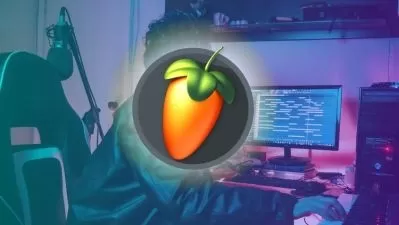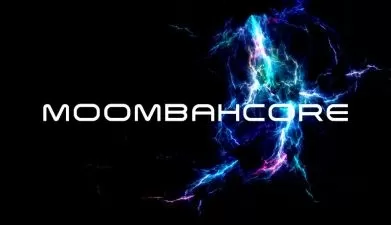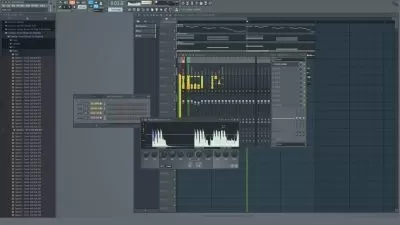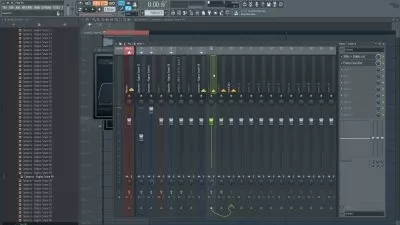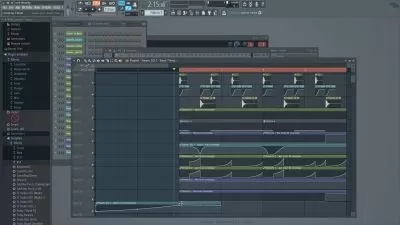About FL StudioLearn More
Producing great music is impossible without a digital audio workstation like FL Studio. The FL Studio software features an intuitive pattern-based music sequencer that allows you to seamlessly mix, master, record, arange, and edit music on a professional level.
Sort by:
Sorting
The newest
Most visited
Course time
Subtitle
Filtering
Courses
Subtitle
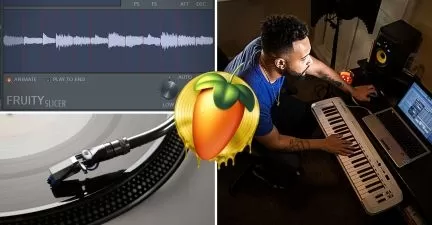
SkillShare


Curtiss King
Learn How To SAMPLE In FL Studio | Music Production 7:34:47
English subtitles
02/22/2024
Subtitle

Udemy


Joseph Khoury
Music Production Masterclass: Write Songs In FL Studio 20 12:00:28
English subtitles
02/01/2024
Subtitle
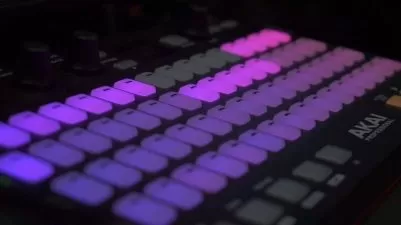
SkillShare


Dmitri Belichenko
Making Music in FL Studio 20: Intermediate 2:48:27
English subtitles
01/19/2024
Books
Frequently asked questions about FL Studio
FL Studio is a digital audio workstation (DAW) that is an all-in-one music production platform. It allows anyone with a laptop, iPad, or smartphone to create music using a small selection of outboard devices. This software includes a full-fledged recording environment where you can capture vocals, live instruments, and digital instruments as high-fidelity audio or midi tracks. Once you’ve recorded them, you can chop, scale, slice, and edit them in virtually any way imaginable. FL Studio is a powerful tool for producing synth- and beat-heavy genres like EDM and hip hop. Its visually intuitive beat-making software includes large sample libraries, and lets beginners produce high-quality tracks in little time. The same goes for its synth capabilities, including a wide array of different synthesizer banks.
FL Studio is one of several dominant digital audio workstations (DAWs) currently on the market. Mac users may already be familiar with Logic, Apple’s proprietary DAW. This powerful software combines Steve Jobs’ legendary commitment to simplicity with high-end production software capabilities. Pro Tools is a similar DAW with a slightly different flavor, layout, and workflow — but these two account for much of the professional recording world’s workstations. Steinberg’s Cubase DAW is the go-to choice for many film scorers and composers, while its big brother Nuendo features increased compatibility for game scoring. Anyone who wants to perform electronic or midi-heavy music live will likely choose Ableton Live, as it is the undisputed choice for flexible live performance. Like the other DAWs mentioned, Ableton allows the use of soft synths, plug-ins, automation, and other features but centers everything around live performance and stability.
The entry-level edition of FL Studio is the Fruity Edition, which is best for users who want to arrange and sequence beats and electronic instruments. While Fruity Edition does include automation, piano rolls, and playlist features, it does not include audio recording. It also includes four powerful synthesizers: the Simsynth, the DrumSynth, the DX10FM, and the Wasp/Wasp XT. The next level is the Producer Edition, which in addition to all of the previous elements, also provides full recording capabilities. This includes automation drawing, as well as plugins like Synthmaker, Vocodex, Maximus, and more. The Signature Bundle adds yet more plugins to the mix: DirectWave Sampler, Harmless, Pitcher, NewTone, Gross Beat, Fruity Video player, and Hardcore Guitar Effects Suite. Finally, the All Plugins Bundle rounds off the package with additional plugins. These include coveted synthesizer packages.
The system requirements for running FL Studio include an Intel Pentium 3 or 2 GHz AMD CPU with full SSE1 support. It is recommended that you have at least 4 GB of RAM, with more RAM corresponding to greater capabilities like running multiple effects and instruments simultaneously. Your computer must have at least 2 GB of free storage. The more memory your computer has available, the more sample libraries you will be able to load and use. If your computer is low on storage, consider buying a high-speed external SSD. This will allow you to run FL Studio without overtaxing your CPU. Also, consider buying an audio interface with its own dedicated sound card. This will outsource much of the RAM-intensive processing to your interface instead of tasking your computer with all of it.





